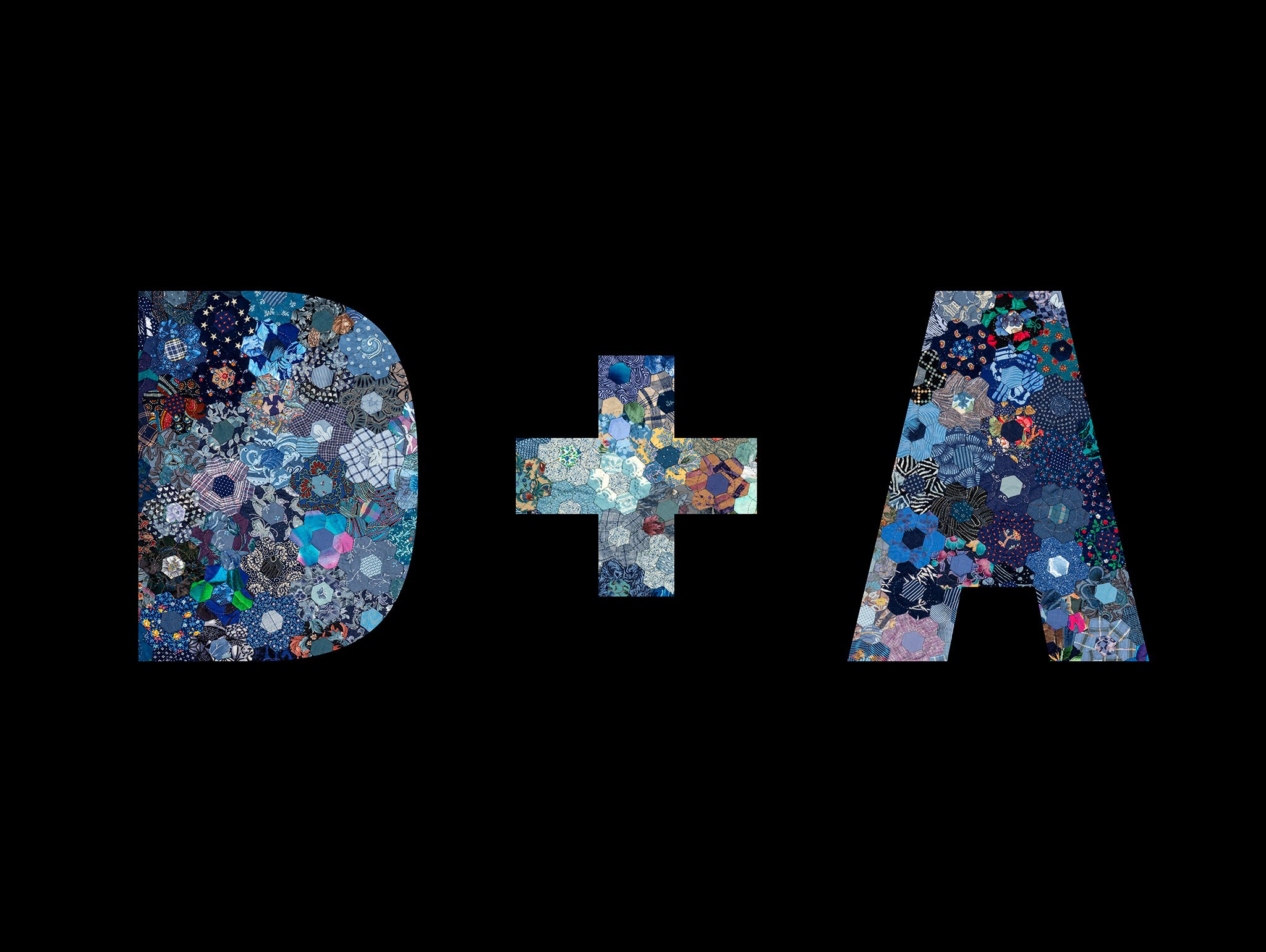Designers + Artisans: Installed in the Gallery
October 24, 2020 – April 25, 2021
Designers + Artisans: Made in the Lowcountry opened last weekend, showcasing objects ranging from 1788 to 2019 grouped together by craft, including needlework, basketry, woven textiles, and quilts, as well as homemade and designer garments and accessories. This is my first full exhibition here at The Charleston Museum as Curator of Historic Textiles, and it was an exciting process taking the entire show from initial concept to final installation. However, exhibitions have a certain rhythm and flow, and many things are the same no matter where you work. Here are just a few examples:
1- Every object has to be carefully prepared for installation.
Garments in particular require a fair amount of prep work. With historic clothes, you can’t modify the garment to fit the mannequin, so you have to fit the mannequin to the garment. This means writing condition reports, taking detailed measurements of each object, and then either carving down or padding out the mannequin to mimic the body of the former wearer.
Line up of mannequins being prepared to go on display, with their corresponding garment’s measurements note sheet tacked to their chest
Picking the right size mannequin as a base can be a tough decision. Here I debated using a large child’s or a small woman’s mannequin during a preliminary fitting for this young lady’s 1820s dress.
Interior of a garment as seen during a condition check, inked with the name of the former wearer
A carved down mannequin, modified with padding, tulle, and a fake bustle before being dressed
2- No matter how hard you try, you will run out of time to do everything on your wishlist.
We did an immense amount of photography for this exhibition, getting good quality images that will eventually populate our online database. There are still a few shots that we have yet to capture, but those will just have to wait until we turn over the gallery for the spring exhibition.
Sean Money and I photograph a pair of shoes
The photography lay out for a series of silk quilt pattern pieces
Before photographing the feather fans, I carefully used a tiny paintbrush to help realign the feather barbules.
3- No amount of planning can prepare you for seeing the objects in the physical space.
Due to space constraints, it’s often difficult to see all of the objects physically laid out together until you’re working on installing them in the gallery. Digital mockups using database photography and recorded dimensions can be helpful, but really only give a rough sense of the plan for each section of the exhibition. The entry case was the hardest part of the layout for me, because I wanted to represent each part of the show without making the space look cluttered. I finally decided to coordinate the objects in that case by color, which led to the use of purple and blue as thematic shades throughout the exhibition. Even so, you can see differences between the plan and the final installation of that case.
Mock up of entry case from Google Slides Exhibition Plan
Photograph of the entry case in the gallery
4- Seeing the final pieces fall into place is incredibly rewarding, particularly when you work with a great team.
I owe a debt of gratitude to our maintenance team, Marty Durham, Stevie Edwards, and Gail Pinder, for their hard work on the gallery. They did a thorough cleaning of the entire space from floor to ceiling between the deinstall and reinstall, and it is sparkling!
Our exhibitions team here at The Charleston Museum includes Chief of Collections, Jennifer McCormick, as well as Graphic & Exhibit Designer, Sean Money. We had the assistance of Neil Nohrden and Jessica Peragine, who gave us their time and expertise, not to mention other coworkers in Administration and Education who have contributed their talents. Without everyone’s hard work, large scale exhibitions of 50+ objects like this one simply would not be possible.
Of course, as a *very* biased writer, I hope you will come visit the museum and see Designers + Artisans: Made in the Lowcountry for yourself, open now through April 2021!











